We cannot use a concept without knowing what it means .....
Indigo - Wikipedia, the free encyclopedia

It is really intriguing when youread the Names of Great Scientist involved with the Color Indigo :


Indigo - Wikipedia, the free encyclopedia
Indigo is a color named after the blue dye derived from the plant Indigofera tinctoria and related species. The color is placed on the electromagnetic spectrum between about 420 and 450 nm in wavelength, placing it between blue and violet. Although traditionally considered one of seven colors of the rainbow or the optical spectrum (It was actually considered the Seventh Color HM 7 ), modern color scientists do not usually recognize indigo as a separate division and generally classify wavelengths shorter than about 450 nm as violet.[2] Optical scientists Hardy and Perrin list indigo as between 446 and 464 nm wavelength.[3]
The first recorded use of indigo as a color name in English was in 1289
The first recorded use of indigo as a color name in English was in 1289

It is really intriguing when youread the Names of Great Scientist involved with the Color Indigo :
It was Isaac Newton who first introduced indigo as a spectral color. In the mid-1660s, when Newton bought a pair of prisms at a fair near Cambridge, the East India Company was beginning to import indigo dye into England,[7] supplanting the homegrown source of blue dye woad. In one of the pivotal experiments in the history of optics, the young Newton shone a narrow beam of sunlight through a prism to produce a rainbow-like band of colors on the wall. In describing this optical spectrum he acknowledged that the spectrum had a continuum of colors, but specifically named seven colors: "The original or primary colors are Red, yellow, Green, Blue, & a violet purple; together with Orange, Indico, & an indefinite varietie of intemediate gradations."[8] He linked the seven prismatic colors to the seven notes of a western major scale,[9] as can be seen in his color wheel, with orange and indigo providing the semitones, thinking that perhaps perception of the two was related in some way. Having decided upon seven colors, he asked a friend to repeatedly divide up the spectrum that was projected from the prism onto the wall:
Newton's observation of prismatic colors. Comparing this to a color image of the visible light spectrum will show that "Indigo" corresponds to dark blue, while "Blue" corresponds to cyan.
"I desired a friend to draw with a pencil lines cross the image, or pillar of colors, where every one of the seven aforenamed colors was most full and brisk, and also where he judged the truest confines of them to be, whilst I held the paper so, that the said image might fall within a certain compass marked on it. And this I did, partly because my own eyes are not very critical in distinguishing colors, partly because another, to whom I had not communicated my thoughts about this matter, could have nothing but his eyes to determine his fancy in making those marks."[10]
Indigo is accordingly counted as one of the traditional colors of the rainbow, the order of which is given by the mnemonic Roy G. Biv. Maxwell and von Helmholz accepted indigo as an appropriate name for the color flanking violet in the spectrum
Newton's observation of prismatic colors. Comparing this to a color image of the visible light spectrum will show that "Indigo" corresponds to dark blue, while "Blue" corresponds to cyan.
"I desired a friend to draw with a pencil lines cross the image, or pillar of colors, where every one of the seven aforenamed colors was most full and brisk, and also where he judged the truest confines of them to be, whilst I held the paper so, that the said image might fall within a certain compass marked on it. And this I did, partly because my own eyes are not very critical in distinguishing colors, partly because another, to whom I had not communicated my thoughts about this matter, could have nothing but his eyes to determine his fancy in making those marks."[10]
Indigo is accordingly counted as one of the traditional colors of the rainbow, the order of which is given by the mnemonic Roy G. Biv. Maxwell and von Helmholz accepted indigo as an appropriate name for the color flanking violet in the spectrum


 ... Please let me know if any correction is Needed
... Please let me know if any correction is Needed 
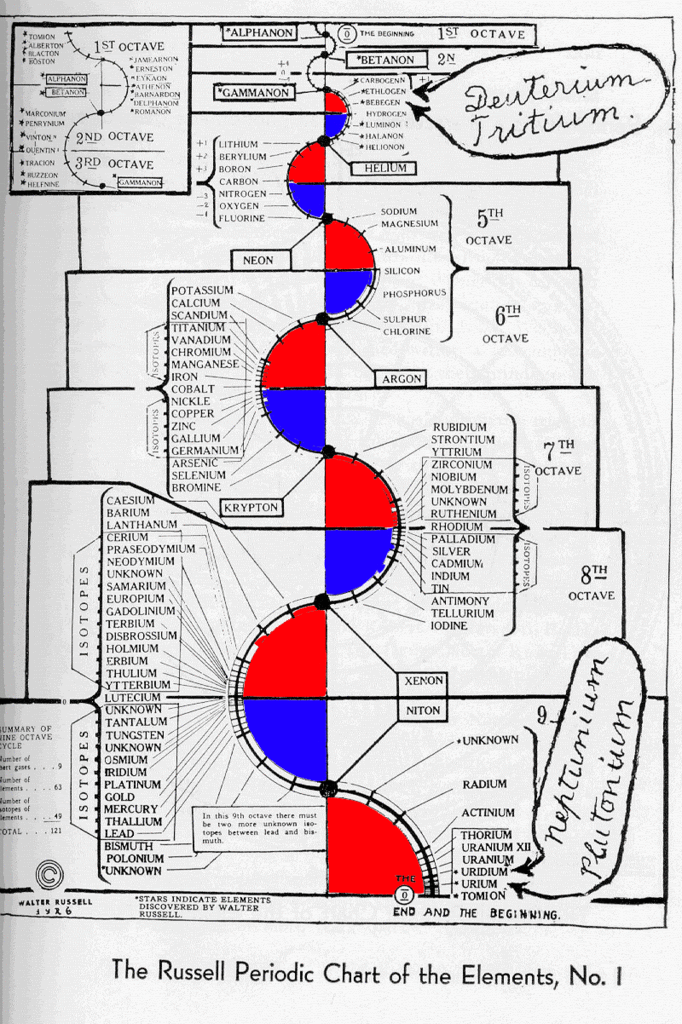
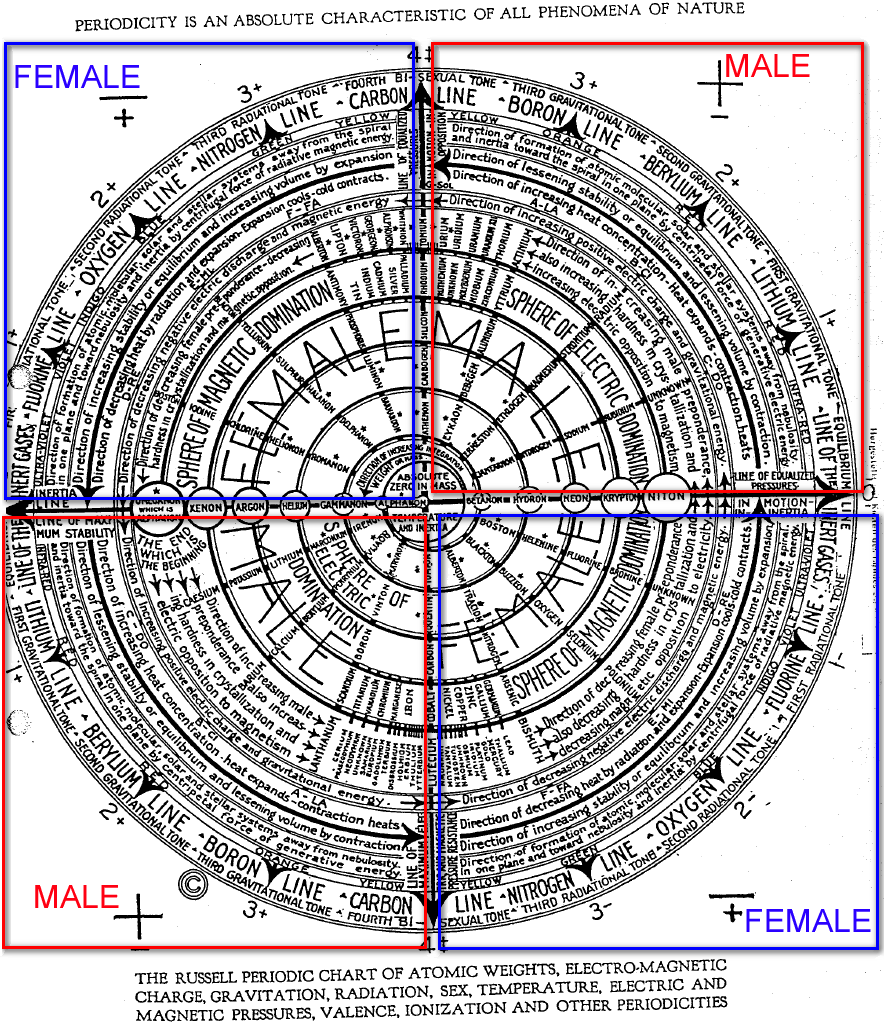
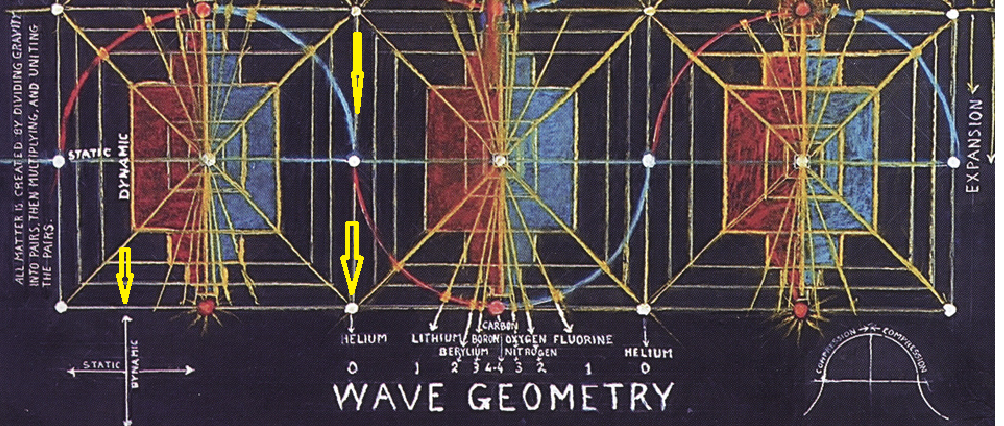




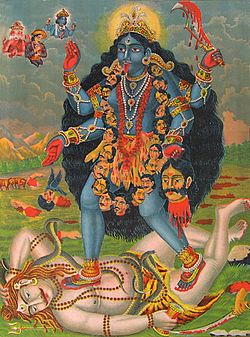

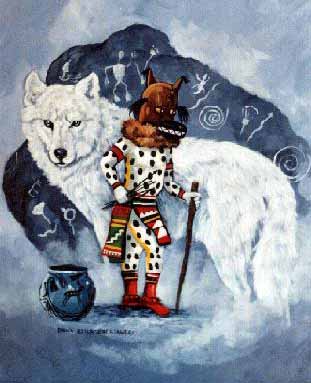
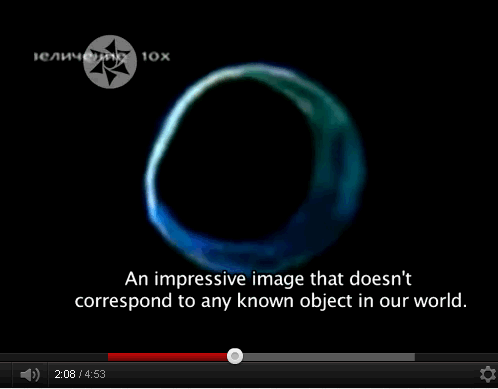



















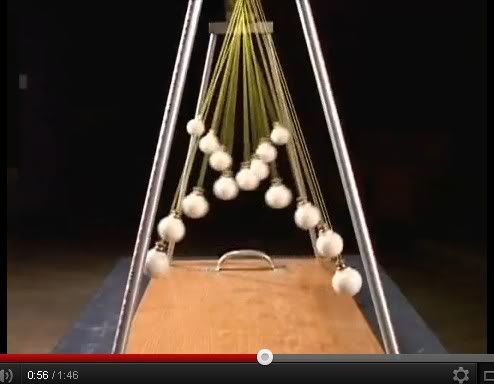
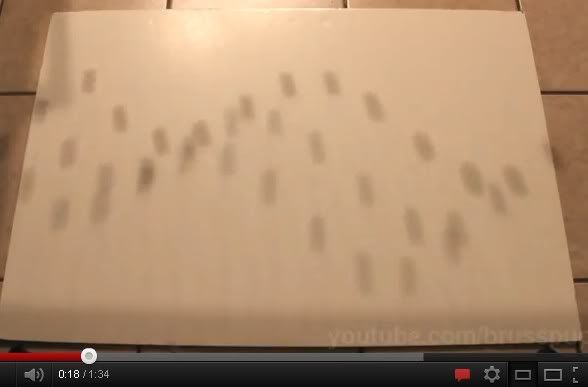
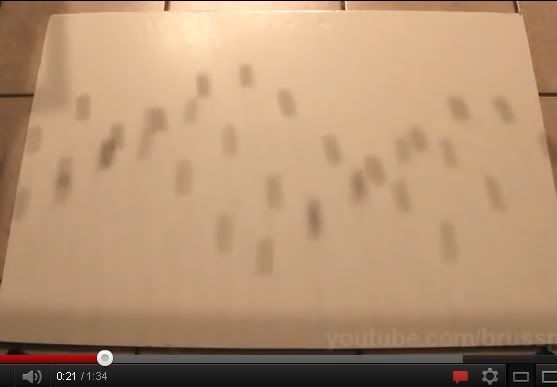
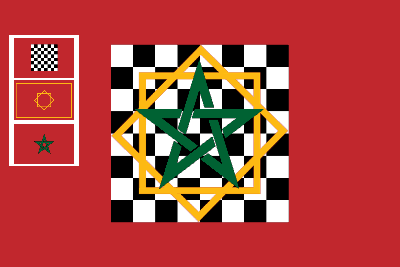


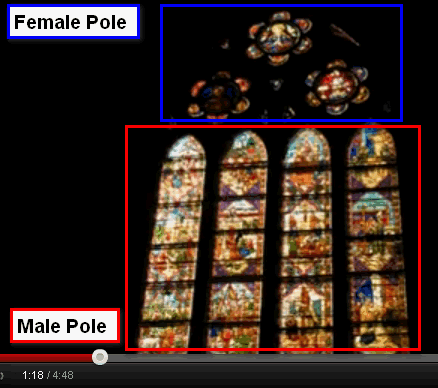



Comment